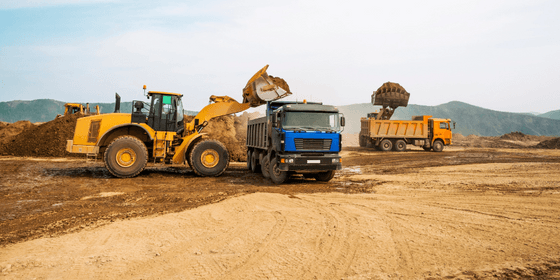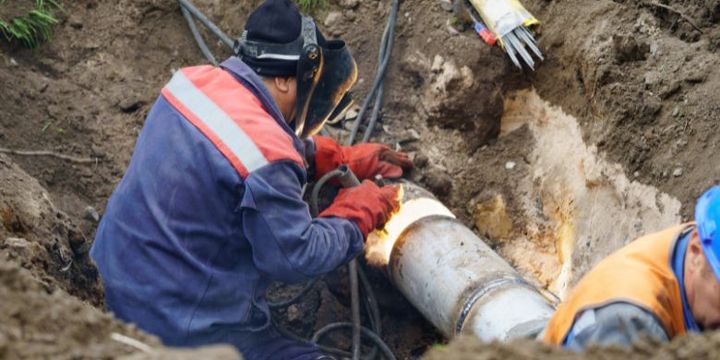Welcome, construction professionals and enthusiasts! In today’s blog post, we are going to explore an essential aspect of modern construction projects – Mechanical Support Systems. Join me as we go on a journey to understand the importance of mechanical support in construction projects, and how following CSI Division 20 specifications can lead to increased efficiency, reduced operational costs, and overall project success.

Our discussion will be divided into six engaging sections, as follows:
- Introduction to CSI Division 20 – Mechanical Support
- Understanding the Importance of Mechanical Support in Construction Projects
- Basic Mechanical Materials and Methods
- Process Piping and Pumps
- Process Machinery and Equipment
- Challenges and Best Practices
This comprehensive guide has been developed to suit both industry professionals looking to expand their knowledge and newcomers seeking a greater understanding of mechanical support systems. So, gather your tools and strap on your hardhat as we delve deep into the world of construction specifications and mechanical support systems. Stay tuned, and let’s build a strong foundation for our future projects!
Suggested Posts:
Introduction to CSI MasterFormat and Division 01
Getting to Grips with CSI Division 02 – Existing Conditions in Construction Projects
Mastering Division 09 – Finishes in the CSI MasterFormat System for Improved Project Success
Understanding CSI MasterFormat: Division 14- Conveying Equipment
Master the Art of Utilities Construction with CSI Division 33
Division 48 – A Comprehensive Guide to Electrical Power Generation in Construction
Introduction to CSI Division 20
Welcome to the world of Construction Specifications Institute (CSI) MasterFormat, the leading standard for organizing construction project specifications, materials, and activities. This blog post specifically focuses on Division 20 – Mechanical Support, an essential component in modern construction projects. Efficient mechanical support systems are crucial to the successful completion of any construction project, as they ensure structural integrity, energy efficiency, and worker safety. In this section, we’ll briefly explore the primary sections of Division 20, which include:
- Basic Mechanical Materials and Methods
- Process Piping
- Process Machinery
Without further ado, let’s dive into the fascinating realm of mechanical support systems and discover how adherence to Division 20 specifications can optimize your construction project’s performance.

Basic Mechanical Materials and Methods
This area of Division 20 encompasses a wide range of materials, equipment, and methods used to provide mechanical support in construction projects. Some common examples include building supports, pipe supports, and vibration isolation systems. The proper selection and implementation of these systems are vital to the robustness and efficiency of a project, and should always conform to CSI Division 20 specifications.
Process Piping
When it comes to constructing a facility that involves the transportation of fluids or gases, process piping systems play a vital role. Division 20 provides comprehensive specifications for the design, sizing, and installation of pipes, fittings, valves, and pumps, ensuring optimal fluid flow and pressure throughout the facility. Adhering to these specifications is crucial for a project’s overall success.

Process Machinery
Last but not least, process machinery forms an integral part of mechanical support systems, and includes components such as compressors, fans, and blowers. These machines have specific roles within the broader mechanical support framework and must be carefully selected according to the requirements of each project.
Following CSI Division 20 specifications is essential for the machinery’s optimal performance and longevity. In the upcoming sections, we’ll delve deeper into the importance of mechanical support systems in construction projects, the basic materials and methods involved, process piping, process machinery, and best practices for implementing Division 20 specifications. Stay tuned for valuable insights that will help ensure the success of your next construction project!
Understanding the Importance of Mechanical Support in Construction Projects
As construction projects evolve and become more complex, the significance of mechanical support systems cannot be overstated. Mechanical support plays a crucial role in optimizing energy efficiency, supporting structural integrity, and providing a safe working environment.
Furthermore, it is directly connected to sustainable construction and long-term project success. In this section, we will delve deeper into the importance of mechanical support and how adhering to Division 20 specifications can contribute to a project’s overall success.
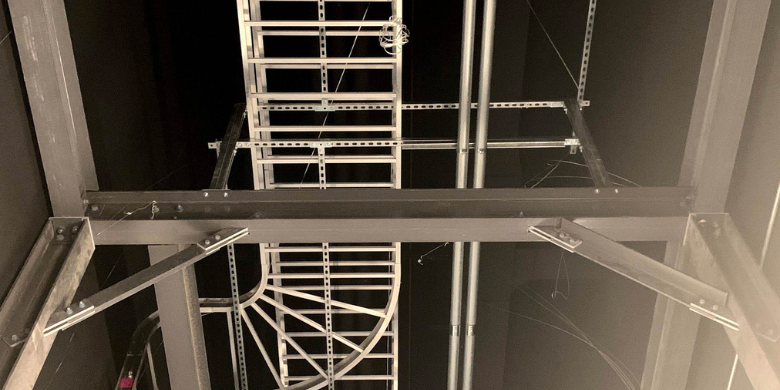
Energy Efficiency and Sustainability
One of the primary reasons why mechanical support systems are essential is because they can significantly enhance energy efficiency in buildings. Properly installed and maintained mechanical support systems, such as HVAC, plumbing, and electrical, can help minimize energy consumption and reduce greenhouse gas emissions. As governments worldwide continue to focus on sustainable construction, complying with Division 20 specifications becomes increasingly important for construction professionals.
Structural Integrity and Safety
Mechanical support systems also play a vital role in maintaining a building’s structural integrity. These systems, such as building and pipe supports, evenly distribute the load-bearing capacity of the structure, ensuring the longevity and stability of the building. In addition, mechanical support systems contribute to a safe working environment by preventing accidents and injuries caused by structural failures.
Cost Reduction and Project Success
Implementing mechanical support systems according to Division 20 specifications can lead to significant cost savings in the long run. Properly designed and installed systems not only offer reduced maintenance and replacement costs but also lower energy consumption, which eventually results in cost savings. Given that long-term operational costs are a significant concern for clients, adhering to Division 20 specifications can make a difference in the overall success of a project.
Ensuring Compliance and Industry Standards
Adhering to Division 20 specifications ensures that construction projects remain compliant with industry standards and regulations. Compliance with these standards helps construction professionals avoid costly penalties and legal issues while also maintaining a reputation for excellence within the industry. Furthermore, compliance with Division 20 specifications ensures that projects meet or exceed the expectations of clients, which contributes to long-term project success.
In conclusion, understanding the importance of mechanical support in construction projects is essential for today’s construction professionals. Adhering to Division 20 specifications not only promotes energy efficiency and sustainability but also supports structural integrity and safety, reduces long-term operational costs, and ensures compliance with industry standards. As a result, prioritizing mechanical support systems in your construction projects can drive overall project success and contribute to a more sustainable and efficient built environment.

Basic Mechanical Materials and Methods
In this section, we shall explore the various materials, equipment, and methods that are incorporated within Division 20 – Mechanical Support. By understanding the different types of mechanical support systems, industry standards, and best practices, professionals can ensure compliance with CSI Division 20 specifications, resulting in efficient, safe, and sustainable construction projects.
Building Supports, Pipe Supports, and Vibration Isolation Systems
Mechanical support systems are fundamental to the structural integrity of a building and can include building supports, pipe supports, and vibration isolation systems.
Building supports provide the necessary framework for mechanical installations, such as ductwork and piping, and are crucial for ensuring the structural stability of a building. They can be made from various materials, including steel, aluminum, and composite materials, and designed to accommodate any specific project requirements.
Pipe supports are designed to carry the weight of pipes, allowing for proper alignment, anchoring, and pipe movement due to temperature changes. They are critical to the performance and longevity of piping systems, ensuring they function optimally with minimal maintenance requirements. Materials utilized in pipe supports often include steel, iron, and plastic, depending on the specific project and its specifications.
Vibration isolation systems are essential for reducing noise and vibration transmission between mechanical equipment and structures. These systems can include spring isolators, rubber mounts, and neoprene pads, each designed to provide varying levels of vibration isolation. Proper selection and installation of vibration isolation systems help maintain a quiet, safe, and comfortable environment for occupants while preventing structural damage and ensuring the longevity of mechanical equipment.
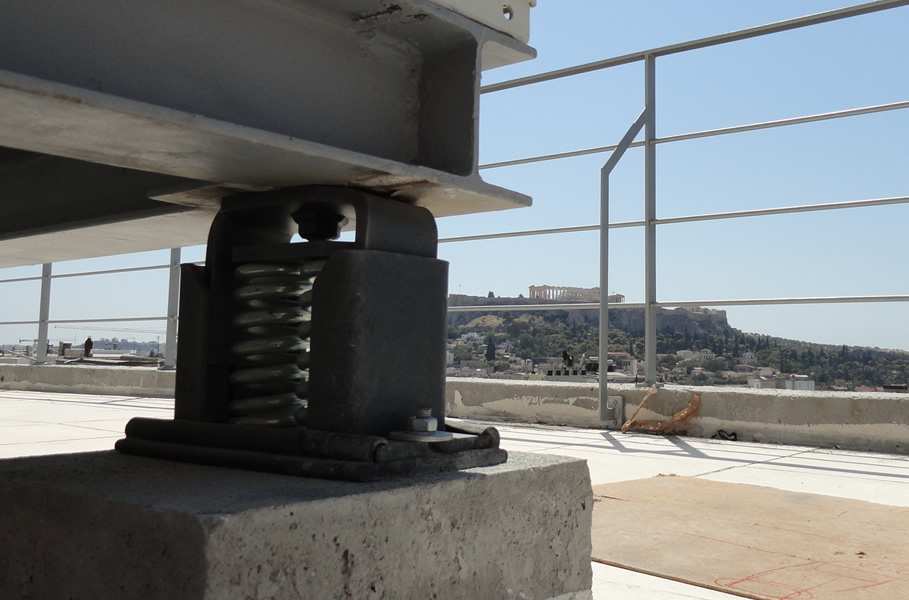
Industry Standards and Best Practices
To effectively implement mechanical support systems, it’s crucial to adhere to relevant industry standards and specifications. This includes understanding and complying with guidelines set forth by organizations such as the American Society of Mechanical Engineers (ASME), the American Institute of Steel Construction (AISC), and the International Building Code (IBC). Additionally, engaging with knowledgeable professionals, such as mechanical engineers and structural engineers, will help ensure that appropriate materials, methods, and techniques are utilized in the design and installation of mechanical support systems.
CSI Division 20 Specifications
By following CSI Division 20 specifications, construction professionals can ensure that mechanical support systems are designed and installed to meet or exceed industry standards, achieving optimal system performance and extending the life cycle of these critical components. By investing time and research into understanding Division 20 specifications, stakeholders can reduce long-term operational costs, improve project efficiency, and promote sustainable construction practices.
In conclusion, understanding and implementing the proper materials, methods, and systems within Division 20 – Mechanical Support is essential in producing efficient, well-functioning, and safe construction projects. By adhering to industry standards and CSI specifications, professionals can ensure optimal performance, longevity, and overall success in their construction endeavors.
Process Piping and Pumps
In this section, we will dive into the crucial components of process piping systems and their role in achieving an efficient and reliable piping network. The discussion will focus on pipes, fittings, valves, and pumps – all essential elements that must adhere to CSI Division 20 specifications to ensure optimal performance.
Pipes and Fittings
Process piping is responsible for transporting fluids and gases throughout a facility, making the selection of appropriate materials and sizing paramount. Materials commonly used in pipe systems include carbon steel, stainless steel, copper, and plastic, with the choice depending on factors such as fluid type, temperature, pressure, and corrosion resistance. When it comes to fittings, using the correct type of connections ensures a secure and leak-free assembly. Some common fittings include elbows, tees, reducers, and couplings – all of which should follow industry-specific standards to guarantee proper function and safety.
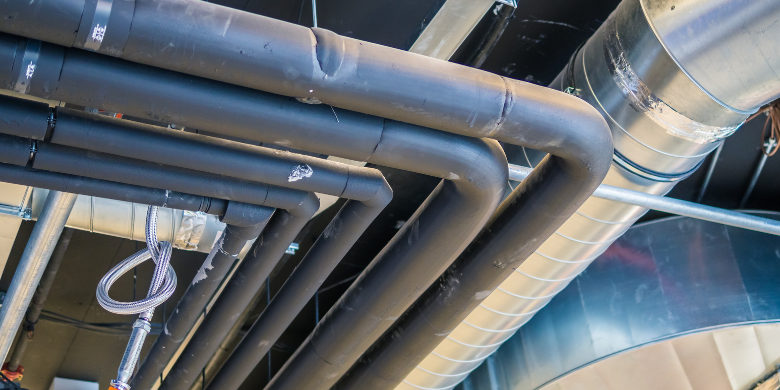
Valves
Valves play a vital role in controlling the flow and direction of fluids and gases within a piping system. They enable the isolation of specific sections, the regulation of flow rates, and the prevention of backflow. Adhering to Division 20 specifications ensures that the appropriate type of valve (e.g., ball, butterfly, gate, or check) is utilized, improving the reliability and efficiency of the system.
Pumps
Pumps are indispensable in maintaining adequate fluid flow and pressure within the process piping systems. They can be classified into two main categories: centrifugal pumps and positive displacement pumps, each catering to different flow rates and pressure requirements. To achieve optimal performance, it is crucial to select the right pump based on factors such as fluid type, viscosity, system pressure, and temperature.
Compliance with CSI Division 20 guidelines guarantees the efficiency, reliability, and longevity of pumps in the process piping systems. Furthermore, adhering to these specifications minimizes the risk of faults and failures, ultimately preventing costly downtime and enhancing overall project success.
In conclusion, process piping and pumps are critical components of construction projects, with their efficient design, sizing, and installation directly impacting the operation and profitability of a facility. Understanding the significance of CSI Division 20 specifications and implementing them diligently will ensure a high-performing, safe, and cost-effective mechanical support system.
Process Machinery and Equipment
In this section, we delve into the vital role that machinery and equipment play in mechanical support systems. As a construction specification expert, understanding how these components fit within the larger framework is essential for optimal performance and longevity. Adhering to CSI Division 20 specifications ensures that your construction project will meet industry standards, increasing overall efficiency and effectiveness.
Types of Process Machinery
There are various types of process machinery and equipment used in construction projects, including:
- Compressors: These machines are essential for compressing air or gas, increasing its pressure and transferring it to a designated location. Compressors are commonly used in HVAC systems, pneumatic tool operations, and refrigeration processes.
- Fans: Fans are used to move air or other gases across a wide range of applications. They help regulate temperature, remove contaminants, or provide ventilation in various industrial and commercial settings.
- Blowers: Similar to fans, blowers are designed to move air or gas at higher pressures, making them suitable for applications such as ventilation, combustion, and material handling.

Selecting the Right Machinery and Equipment
Choosing the appropriate machinery and equipment for your project’s specific requirements is crucial. Factors to consider when selecting process machinery include:
- Project size: Consider the scale of the project and the machinery’s capacity to handle the workload.
- Budget constraints: Analyze the initial investment cost and ongoing maintenance expenses to strike the right balance.
- Energy efficiency: Select energy-efficient machinery that complies with local regulations and minimizes operational costs.
- Integration with existing systems: Ensure that the machinery and equipment can integrate seamlessly with current processes and systems.
Adhering to CSI Division 20 Specifications
Adherence to CSI Division 20 specifications is crucial in promoting optimal performance and longevity, as well as compliance with industry standards. As a construction specification expert, it is your responsibility to ensure that mechanical support designs and installations comply with these guidelines. Doing so will not only enhance the project’s overall efficiency but also minimize the risk of costly setbacks and repairs.
In conclusion, selecting the right process machinery and equipment is vital for the success of any construction project. Understanding the different types of machinery, their intended applications, and ensuring compliance with CSI Division 20 specifications will aid in delivering a project that is efficient, reliable, and sustainable.
Have Questions?
Get in touch with our team to learn more about what Swiftlane can do for you.


